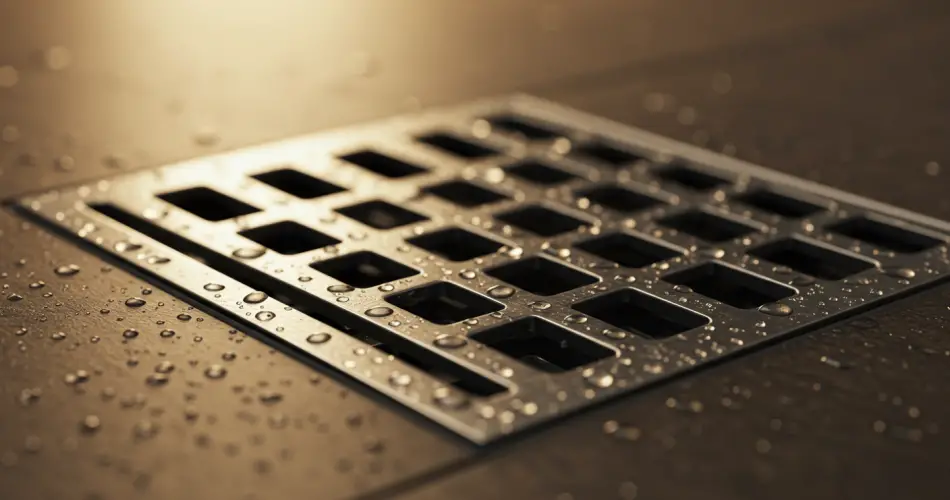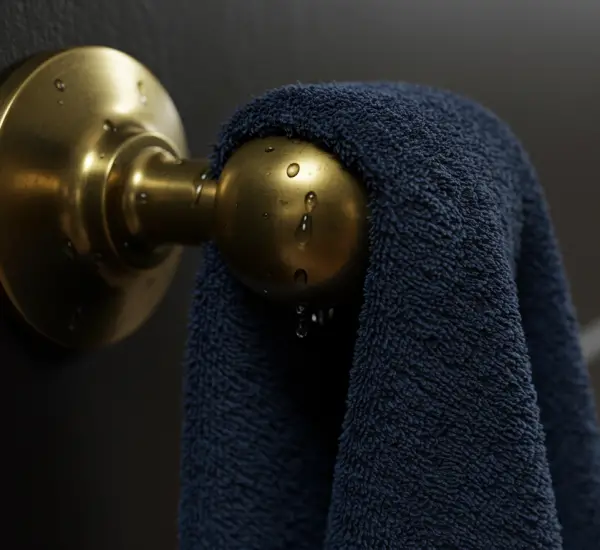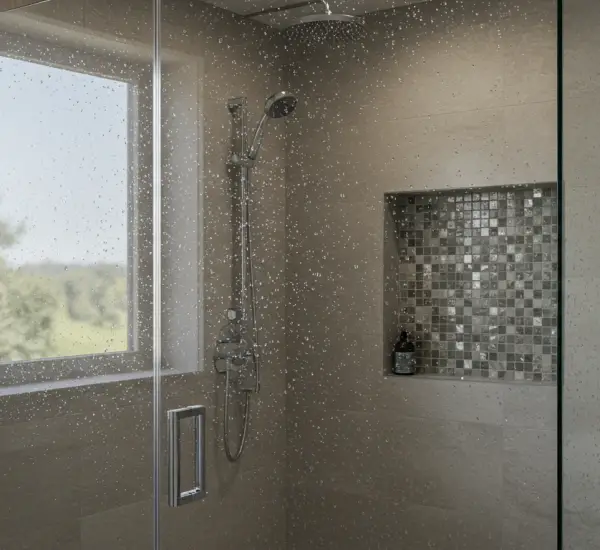Few things are more unpleasant than stepping into the shower, only to realize that the water isn’t draining properly—or worse, that foul odors are rising from the drain. These issues are incredibly common and often caused by hair, soap scum, and other debris that build up inside the pipes over time. While many people immediately call a plumber when faced with such problems, the truth is that there are several simple and effective DIY solutions you can try first. With a few household items and a little effort, you can unclog your shower drain, eliminate bad smells, and restore your bathroom to perfect working order.
Why Shower Drains Get Clogged
Every time we shower, small particles—such as hair, soap residue, and even dirt—get washed down the drain. At first, these may not seem like much, but over weeks and months, they accumulate inside the pipes. Hair tangles easily and traps other debris, gradually forming a blockage that prevents water from flowing freely.
When this happens, you may notice:
-
Water pooling in the shower base.
-
Slow drainage that gets worse over time.
-
Unpleasant smells rising from the drain.
Bad odors are often the result of trapped organic matter decomposing in the pipes, combined with stagnant water that provides the perfect environment for bacteria. Fortunately, the problem is not only fixable but also preventable if you learn the right techniques.
The Baking Soda and Vinegar Solution
One of the easiest and most eco-friendly methods for cleaning a shower drain involves two ingredients you probably already have at home: baking soda and white vinegar. Both are powerful natural cleaning agents that, when combined, create a fizzing reaction that helps dislodge buildup.
Here’s how to do it:
-
Pour about 50 grams of baking soda directly into the shower drain.
-
Follow with roughly 150 milliliters of vinegar (about triple the amount of baking soda).
-
Let the mixture sit and fizz for several minutes.
-
Finally, pour a kettle of boiling water into the drain to flush away loosened debris.
Within minutes, you should notice that the drain clears and water flows freely again. This method also neutralizes unpleasant odors, leaving your shower fresher and cleaner.
Using a Wire Hook or Plunger
Sometimes, the blockage is too large or solid for baking soda and vinegar alone to handle. In that case, a more mechanical approach may be required.
-
The wire hook method: Straighten a piece of wire or use a coat hanger, then bend one end into a small hook. Remove the shower drain cover and insert the wire into the drain, twisting and pulling it up to catch hair and gunk. This method is particularly effective when you can physically see or reach the clog.
-
The plunger method: For lighter clogs, a traditional sink plunger may do the trick. Place it over the shower drain and create a seal. Pump vigorously a few times to create suction, which can dislodge smaller obstructions and restore water flow.
These methods are simple, cost-free, and often provide immediate results.
The Heavy-Duty Method: Caustic Soda
For tougher clogs that refuse to budge, there’s a stronger option: caustic soda (sodium hydroxide), also known as lye. This chemical is commonly found in commercial drain cleaners and is highly effective at dissolving organic matter such as hair, grease, and soap scum. However, it must be handled with extreme care because it is corrosive.
Steps to follow:
-
Put on protective gloves (preferably latex or rubber) and safety glasses.
-
Remove the shower drain cover by unscrewing it with a screwdriver.
-
Manually clear any surface debris you can see.
-
Pour the recommended amount of liquid caustic soda directly into the drain.
-
Allow it to sit for 30 to 40 minutes so it can break down the blockage.
-
Flush the drain thoroughly with a bucket of boiling water to clear the residue.
After this process, your drain should be completely free from clogs, and any lingering odors will disappear as well. Just remember to replace the cover securely once you’re finished.
Preventing Future Drain Problems
Once your shower is working properly again, it’s worth taking a few preventive steps to avoid future clogs and unpleasant smells. Here are some simple habits that make a big difference:
-
Use a drain cover or strainer: These inexpensive accessories catch hair before it enters the pipes. Clean the strainer regularly to keep it effective.
-
Perform monthly maintenance: Pour boiling water down the drain once a month to prevent buildup. Adding a little baking soda and vinegar every few weeks also helps.
-
Dispose of waste properly: Avoid washing down items like grease, large soap chunks, or anything that could harden inside the drain.
-
Check the pipes periodically: If you notice recurring slow drainage, it may indicate a deeper issue in the plumbing system. Address it early before it becomes a serious blockage.
When to Call a Professional
While most minor clogs and odors can be handled with DIY solutions, there are times when calling a plumber is the best option. If you’ve tried the above methods and the problem persists—or if water is backing up into other fixtures in your home—it may signal a larger blockage deeper in the main pipes. In such cases, professional equipment and expertise are required to fully resolve the issue.
Final Thoughts
Dealing with a clogged or smelly shower drain can be annoying, but it doesn’t always require expensive products or a plumber’s visit. With everyday items like baking soda, vinegar, and even a simple piece of wire, you can solve most problems quickly and effectively. For more stubborn blockages, caustic soda provides a stronger alternative.
Not only do these methods save you money, but they also give you the satisfaction of fixing the problem yourself. Plus, with regular preventive care, you can enjoy a clean, odor-free shower for years to come—without the stress of recurring drain issues.



